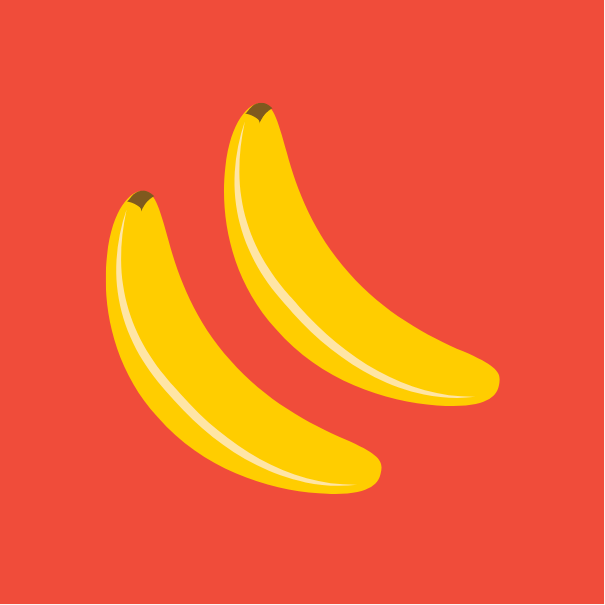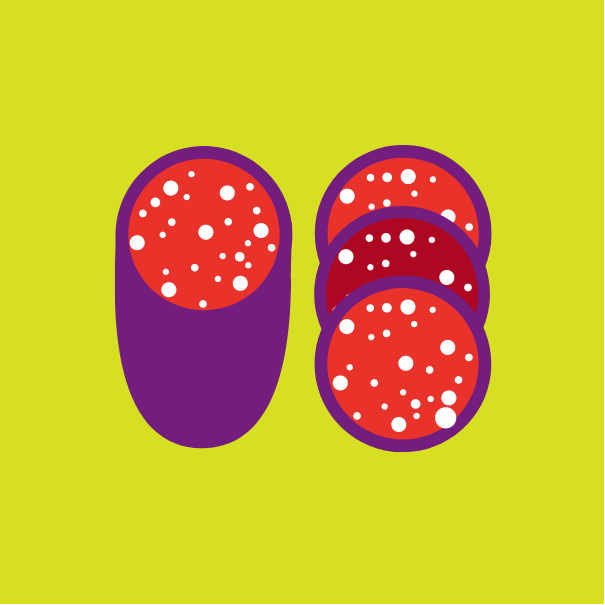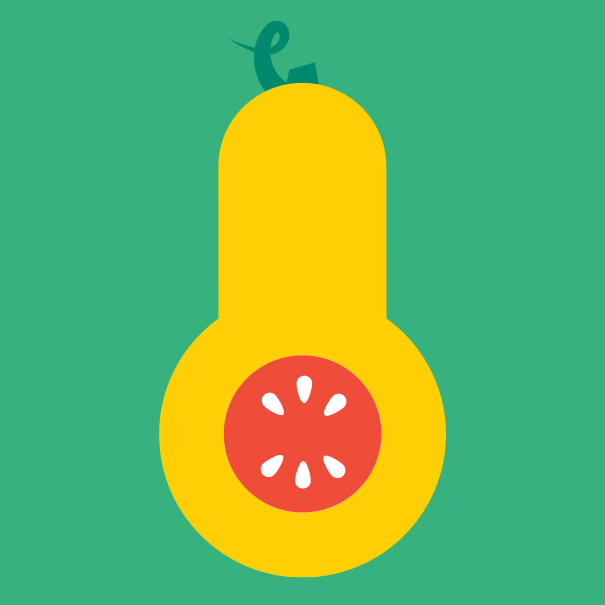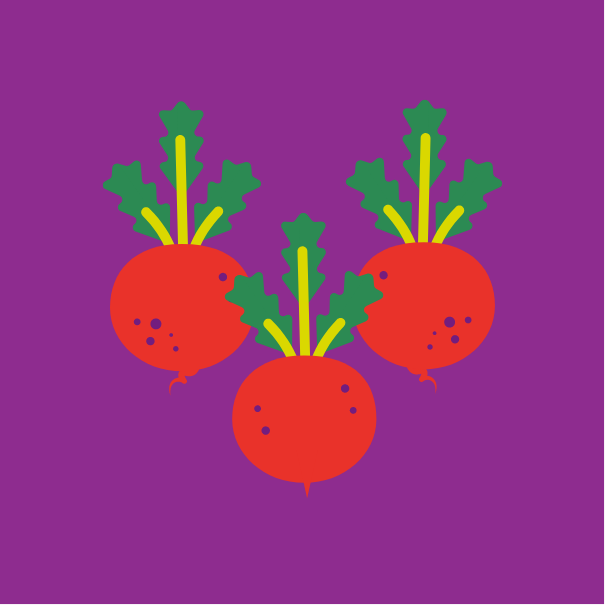by Andy Johnston, Produce Category Manager
We are officially in the final weeks of summer and, in a few short weeks, it will be autumn in Wisconsin. We’ll have the equinox on September 22, and the daylight hours just get shorter and shorter as we head into the long, cold months of winter! For many of us, it’s a love/hate relationship that we all have in common, and it gives us something to complain about. It’s either too hot and humid in the summer, too wet and muddy in the spring, and dark and freezing in the winter. Yet, we choose to stay. It’s an attribute that identifies us as Wisconsinites!
There are so many incredible and unique aspects to all of our seasons. In fall, one of our favorites here in the Produce departments at Willy Street Co-op is local apples, and everything that comes with them: fresh pies, apple crisp, homemade applesauce, fresh cider, hard cider, maybe a cider doughnut, maybe many cider doughnuts. In its simplest form, it’s a crisp and juicy apple bursting with that incredible fresh apple flavor you just can’t get from a commercially grown apple grown in the Pacific Northwest.
Willy Street Co-op works with four local apple growers: Blue Roof Orchard in Belmont; Atoms to Apples in Mount Horeb; Ela Orchard in Rochester; and Barnard Family Farm in Sturgeon Bay. Ela Orchard has one of the longest local grower relationships with the Co-op than almost any vendor: over 30 years! All of the growers are either certified organic or are using integrated pest management practices to support all aspects of sustainability. The 2023 season wasn’t bad: the growers were able to offer a combined total of 24 unique varieties, and you purchased 32,100 pounds of their apples. In 2022, they were able to offer 33 varieties, and you purchased a record breaking 55,600 pounds of local apples!
So why the difference? Just like each variety, each season is unique. Growing apples is a challenge, and some years are more challenging than others. For some growers, this year was particularly challenging. Early budding, late frost, rain, humidity, hail, and extreme heat all can impact the orchards and this season has seen them all!
Here’s what growers are saying about the 2024 season!
Blue Roof Orchard’s Chris McGuire
“The harvest is early this year (we expect 1-2 weeks earlier than normal for most varieties). Probably this is due to the early spring bloom, which was due largely to unseasonably warm weather in February/March.
“We suffered a very severe hailstorm in late May, with golf ball-sized hail, a few weeks after bloom, when the apples were very small. In addition to causing massive damage to buildings, the hail affected the crop directly by knocking many apples off the trees and damaging others so that they continued to develop and ripen but have scars and deformities many of which are too severe for us to sell the apples as #1s. The #2s go into our applesauce and apple butter (which gets sold at the Co-op), and they get sold to consumers and local businesses for processing into an array of products (Willy Street Co-op uses our #2s for their juices).
“This has been a difficult year for diseases on our trees. Apple trees are subject to a range of diseases caused by fungi and bacteria, which can rot fruit, cause cracking and spotting of fruit, and/or damage and destroy leaves and branches (which reduces the health and yield of the trees). Most of these disease-causing fungi and bacteria thrive in wet, damp weather, of which we have had plenty this year in late spring and early summer. (As an aside, this is why so much of the nation’s apple crop and other produce is grown near the west coast in very dry environments, where plant diseases are mostly eliminated and crops can be irrigated to supply whatever water they need.) Our spring hailstorm also increased the vulnerability of the trees to one particularly nasty and contagious bacterial disease called fire blight: just as an animal with wounds is subject to infection, apple trees with wounds from hail can be easily invaded by the bacteria. In a normal year we can manage the suite of apple diseases fairly well by growing disease resistant varieties and using organic preventative techniques. But in a year like this, diseases do chip away at our yield of saleable #1 apples.
“Because of the hailstorm and disease, our yield of #1s will be much lower than expected. We do not expect to have many apples for sale to the Co-op until mid/late September, and even then the amounts will be less than in recent years, although it is a bit far out to make specific forecasts.
“On the exciting news front, we are actively looking into installing protective hail netting over our orchard in future years to protect the trees and fruit from another hailstorm!”
Ela Orchard’s Bob Willard
“In general our crop is looking promising this year. Most varieties have a good set of apples, and plentiful moisture this year is helping the apples grow.
“We will be harvesting Wealthy and Milton in late August, begin McIntosh, Cortland, Macoun in September, and Ida Red, Spartan, Golden Russet, Jonathan, and several others in October.
“As these continue to grow and ripen and get harvested, we hope there will be apples for Willy Street Co-op!”
Atoms to Apples Rami Aburomia
“It has been an exciting year weatherwise at Atoms to Apples. Due to an early spring warm up, the apple trees came out of dormancy about 2-3 weeks earlier than “usual.” The worry about an early bud break is the flowers are blooming earlier in the season which means a greater chance to be exposed to below-freezing temperatures, and that did happen at our orchard. We actually had several days of frost, but fortunately the trees had such a tremendous bloom that only a percentage of blossoms were killed and we still had plenty of crop.Like most of the orchards in Wisconsin, we did have some hail damage in May, but it was not severe, and the damaged fruit could be picked off.
“Lots of rain is a tough challenge for organic fruit growers.At our farm we have received measurable rain 47 days from May-July—that’s about every other day! To mitigate these extremes, we do everything we can to get apples from bud break to harvest, including choosing disease resistant varieties, growing an open, airy tree, and using biological materials to help the trees be as healthy as possible.
“We should have some great varieties for the Co-op this year. Just to pick a few, early season Dandee Red and Zestar, midseason Honeycrisp, Liberty, Haralson, and Crimson Crisp, and late season, Snowsweet, SunCrisp, Triumph, Galarina, and Goldrush. We grow about 60 varieties at Atoms to Apples so it is hard to pick which to write about, but there looks to be a great crop of Haralson which is our favorite pie apple. It eats tart, but that tartness is what gives it a great flavor when cooked. Also, I hope to bring in some late-season Triumph.There are limited amounts because the trees are still young, but Triumph is very crisp and crunchy with a great clean taste; I think it’s a real winner.”
An Apple for Everyone!
As you can see, this season has had its challenges, but it sounds like it should be a good year, and we’ll have plenty of local apples. We’ll be offering different varieties of apples as they become available throughout the fall and hopefully into the early winter months! My favorite is the Crimson Crisp: it’s dense, crisp, and leans a bit on the tart side, but generally has a good balance, and big apple flavor! September is Eat Local Month at the Co-op, and all local organic apples will be on sale for just $2.99/lb the week of 9/23-9/29. Show this group of incredible local growers your support and try them all!









